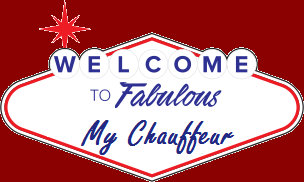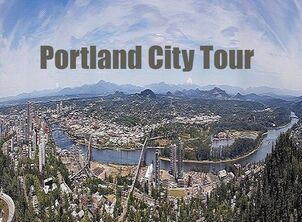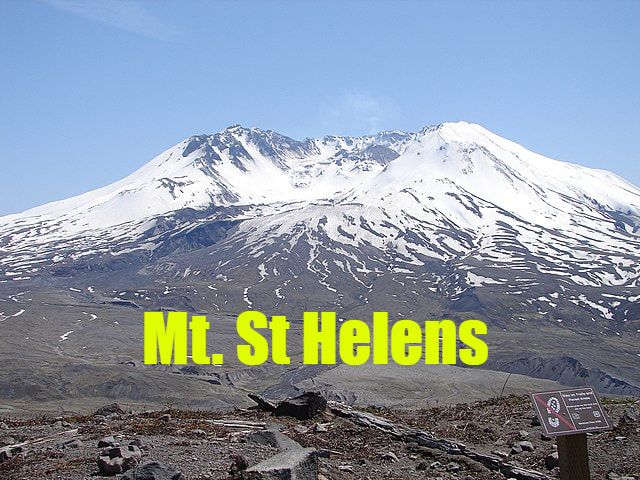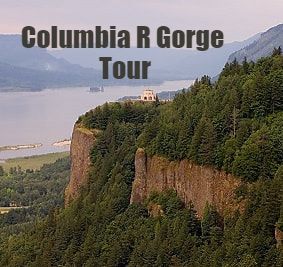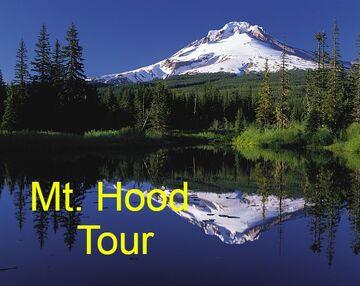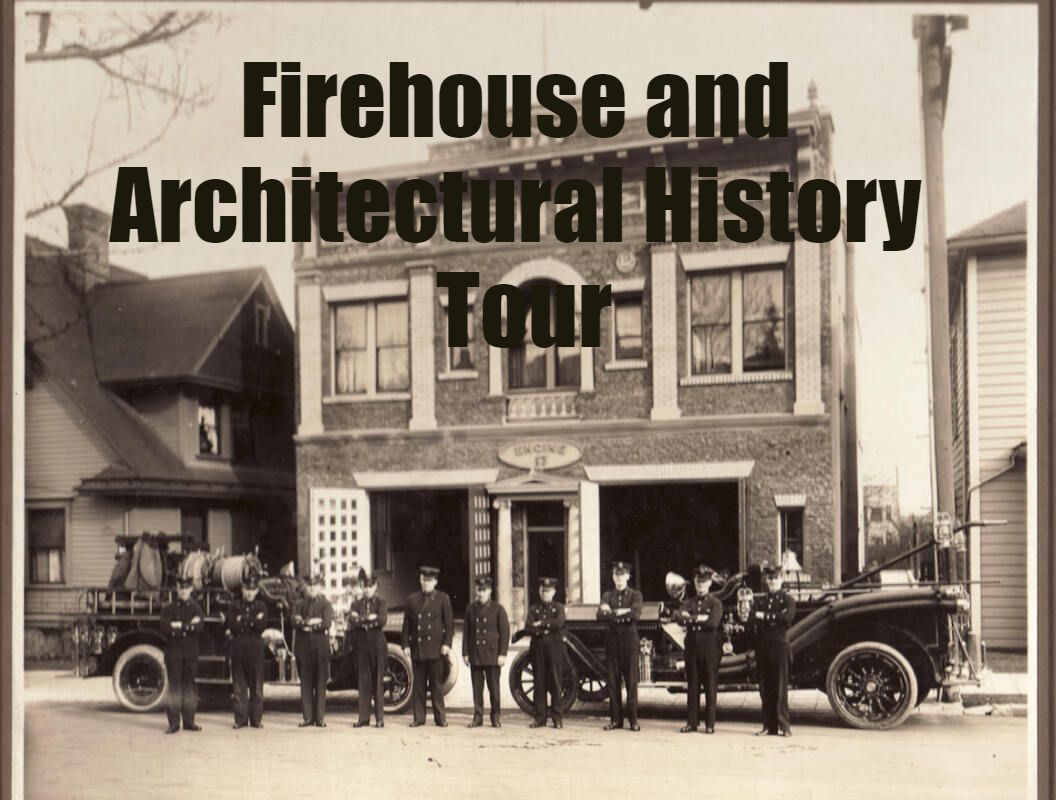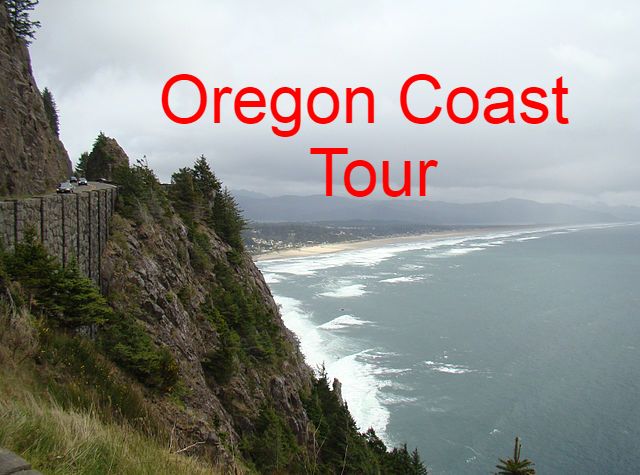Coming up.
The Meier and Frank Building - (Built in Eighteen fifty seven and eighteen ninety eight).
Meier and Frank, both German emigrants, joined forces in 1870 to form one of the most successful retail ventures in Oregon, the Meier and Frank department store,
ONE OF AMERICA'S GREATEST, AND PORTLAND'S BIGGEST STORE.
Many people looked at it, as the heart of the city. In fact, the clock on the 1st floor of the fifteen story, glazed terra cotta building, was the main meeting place for Portlanders. That clock is now located, in the historical society on the park blocks, which we'll see in a few moments.
By the 1890s, cast-iron architecture was no longer in vogue, as Portland looked to Chicago for architectural influences. Chicago style architecture favored steel framed buildings with masonry facades. Organic ornamentation, often made of terra cotta, (Terra cotta is molded brick or block made of fine grain clay), became favored as Portland's new construction towered over their cast-iron predecessors.
They pioneered the concept of "Money-back guarantee", unheard of until then.
This flagship store, is where actor, Clark Gable, worked in the tie department in 1922, while being theatrically trained here in Portland; when 2 years later he left for Astoria Oregon, then Hollywood.
It is now the luxury hotel known as the Nines, and features a world-class collection of modern art throughout its public space. The 400-piece collection was curated by Paige Powell, a former New York magazine editor and a close friend to legendary artist Andy Warhol. The collection includes a Storm Tharp portrait of Clark Gable.
The Departure Restaurant, on the top floor, offers contemporary Asian cuisine, and has 2 roof top patio's, with stunning views of the city.
The same architect, Alfred Doyle, designed Multnomah Falls lodge, Bank of California Building, Pittock Block, US Bank, and the main Library.
Next, is Jackson Tower.
With many more.
Does anyone have any questions?
The Meier and Frank Building - (Built in Eighteen fifty seven and eighteen ninety eight).
Meier and Frank, both German emigrants, joined forces in 1870 to form one of the most successful retail ventures in Oregon, the Meier and Frank department store,
ONE OF AMERICA'S GREATEST, AND PORTLAND'S BIGGEST STORE.
Many people looked at it, as the heart of the city. In fact, the clock on the 1st floor of the fifteen story, glazed terra cotta building, was the main meeting place for Portlanders. That clock is now located, in the historical society on the park blocks, which we'll see in a few moments.
By the 1890s, cast-iron architecture was no longer in vogue, as Portland looked to Chicago for architectural influences. Chicago style architecture favored steel framed buildings with masonry facades. Organic ornamentation, often made of terra cotta, (Terra cotta is molded brick or block made of fine grain clay), became favored as Portland's new construction towered over their cast-iron predecessors.
They pioneered the concept of "Money-back guarantee", unheard of until then.
This flagship store, is where actor, Clark Gable, worked in the tie department in 1922, while being theatrically trained here in Portland; when 2 years later he left for Astoria Oregon, then Hollywood.
It is now the luxury hotel known as the Nines, and features a world-class collection of modern art throughout its public space. The 400-piece collection was curated by Paige Powell, a former New York magazine editor and a close friend to legendary artist Andy Warhol. The collection includes a Storm Tharp portrait of Clark Gable.
The Departure Restaurant, on the top floor, offers contemporary Asian cuisine, and has 2 roof top patio's, with stunning views of the city.
The same architect, Alfred Doyle, designed Multnomah Falls lodge, Bank of California Building, Pittock Block, US Bank, and the main Library.
Next, is Jackson Tower.
With many more.
Does anyone have any questions?




